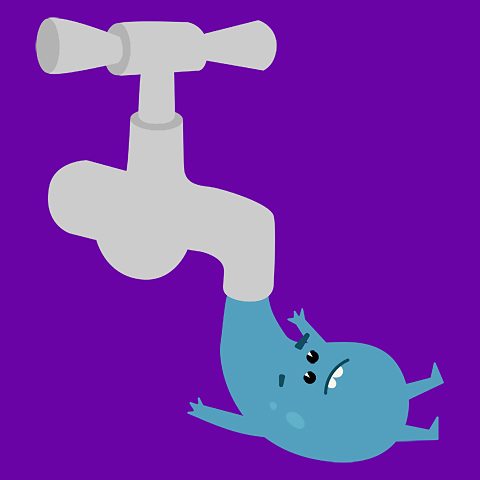Let's teach!
This investigation is a great introduction to the properties of water and the water cycle.
Children test the water that comes out of the tap in their classrooms to see if it is hard or soft, due to the amount of minerals in it.Then they test the ÔÇśMpemba EffectÔÇÖ, to see if warm water freezes faster than cold. This investigation Links to Materials and their Properties. We have prepared a collection of teaching resources to help you deliver the Terrific Scientific Water investigation in your classroom.
How to do the Water investigation
This two-minute film contains a step-by-step guide to completing the Water investigation.
NARRATOR:
You will need one litre of cold tap water, one litre of heated tap water, plastic jugs, two mini cups per pupil, small plastic trays, large tray, timer, permanent marker, thermometer, water hardness strips, paper towels and some gloves. You will also need access to a freezer. On a cup, mark 25 millilitres. Use this as a template to mark the other cups. Split the class into small groups. Eachgroup will need two cups per pupil, three plastic trays and a marker pen. Ask each pupil to label their cups, one with a W and the other with a C. Take the temperature of the warm water. You can use any thermometer to do this. It should be around 50 degrees centigrade. And the cold water, which should be around 15 degrees centigrade. Record each temperature. Give each group ajug of cold water and ask each pupil to fill their C cups to the mark. Collect the C cups in the plastic trays. Using the warm water from the flask, teaching staff should fill the W cups. This should be done as efficiently as possible so the warm water doesn't cool. Wearing gloves, place the samples into the freezer. Leave the water in the freezer for 80 minutes. Whilst the water is freezing,give each group a sample of tap water. And using the water hardness strip, ask each group to test the water hardness. Hold the strip in the water for two seconds, remove, shake and wait ten seconds, then compare the tip to the colour chart provided on the packaging. After 80 minutes, give one of each sample to every group. Pour the contents of the cold water into a tray. Testand record how frozen the water is. Suggestions for how to record the data are in the lesson plan. Do the same with the warm water. Repeat every ten minutes until the samples are completely frozen.
Teacher resource
This is the full PDF teacher resource for the Water investigation.
Student resource
A printable student worksheet for the Water investigation.
Student results sheet
A printable, editable student results sheet in Word format.
Teacher results sheet
An editable teacher results sheet in Word format.


